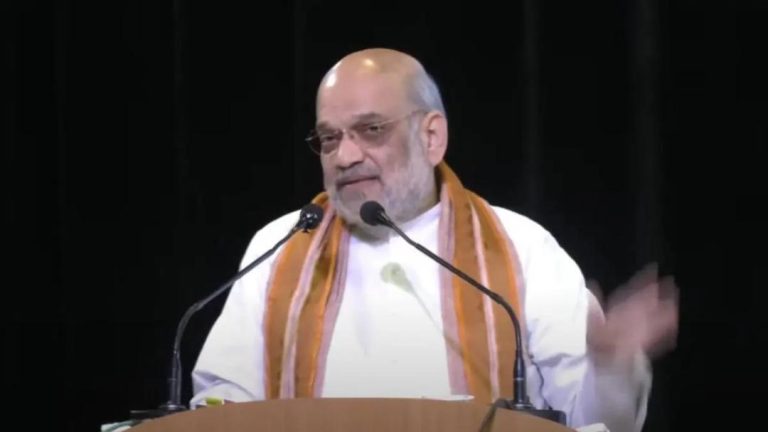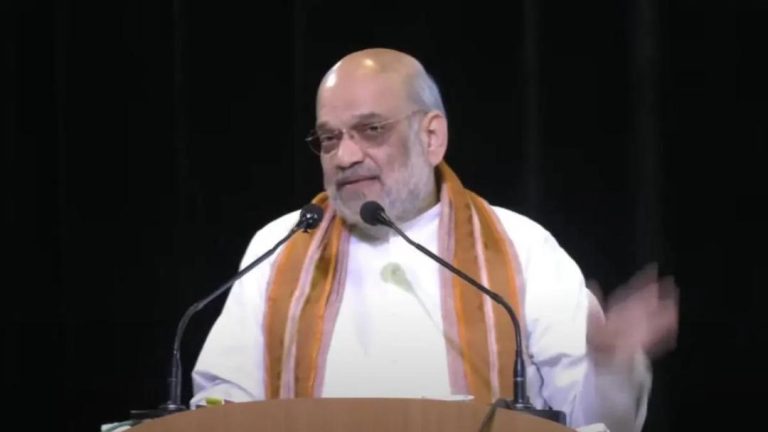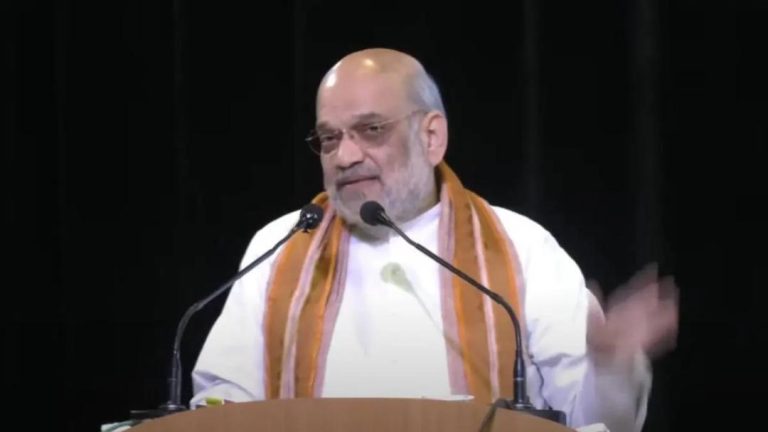
IT employees burn Murthy, L&T Chief’s effigies for proposing longer workweeks
In a bold protest against exploitative work practices, IT employees in Bengaluru, Karnataka, burnt effigies of Infosys Founder Narayana Murthy and L&T Chairman SN Subrahmanyan, respectively. The protest was organized by KITU, an IT employees’ union in Karnataka, to condemn the provocative suggestions made by the two business leaders.
Recently, Narayana Murthy sparked controversy by proposing that IT employees should work 70-hour weeks to remain competitive in the global market. Subrahmanyan, the Chairman of Larsen & Toubro (L&T), took it a step further by suggesting that employees should be willing to work 90 hours a week. These comments have been met with widespread criticism from the IT industry, with many employees feeling that such demands are unrealistic and detrimental to their well-being.
The protest, which took place in Bengaluru, saw a large number of IT employees gathered at the Freedom Park, a popular public space in the city. Despite attempts by the Bengaluru Police to stop them, the protesters were determined to express their discontent and burnt the effigies of the two business leaders.
The protesters, who were carrying placards and banners with slogans like “No to exploitation” and “We want a better work-life balance”, condemned the suggestions made by Murthy and Subrahmanyan. They argued that such long working hours would not only affect their physical and mental health but also impact their relationships with family and friends.
“IT employees are already working long hours, and these suggestions would only make things worse,” said a protester, who wished to remain anonymous. “We want to be productive and contribute to the growth of the company, but we also need a better work-life balance. It’s not just about working longer hours, it’s about being treated with respect and dignity.”
The protest was organized by KITU, which represents thousands of IT employees in Karnataka. The union has been vocal about the need for better working conditions, including a more reasonable work schedule, better compensation, and improved employee benefits.
“We are not against progress or growth, but we cannot tolerate exploitation,” said a KITU spokesperson. “We want to work with the management to find solutions that benefit both the employees and the company. It’s time for a change, and we will not back down until our demands are met.”
The protest has sparked a wider debate about the need for a more humane and sustainable work culture in the IT industry. Many experts argue that the industry’s focus on profit and growth has led to the exploitation of employees, who are often expected to work long hours without adequate compensation or support.
“It’s time for the industry to rethink its priorities,” said an industry expert. “The IT industry is not just about making profits, it’s about creating value for employees, customers, and society as a whole. We need to find a balance between growth and sustainability, and it’s time for the industry to take responsibility for the well-being of its employees.”
The protest has also received support from many employees who have been affected by the suggestions made by Murthy and Subrahmanyan. Many have shared their stories of burnout, exhaustion, and stress, highlighting the need for a more compassionate and understanding work environment.
“I’ve been working in the IT industry for over a decade, and I’ve seen many colleagues leave the industry due to the pressure and stress,” said an IT employee, who wished to remain anonymous. “We need to prioritize our well-being and create a work culture that values and respects its employees. It’s time for change, and I hope this protest will be a step towards a better future.”
As the debate continues, it is clear that the IT industry needs to rethink its priorities and create a more sustainable and humane work culture. The protest by KITU and the burning of effigies of Murthy and Subrahmanyan are a powerful reminder of the need for change and the importance of prioritizing the well-being of employees.





